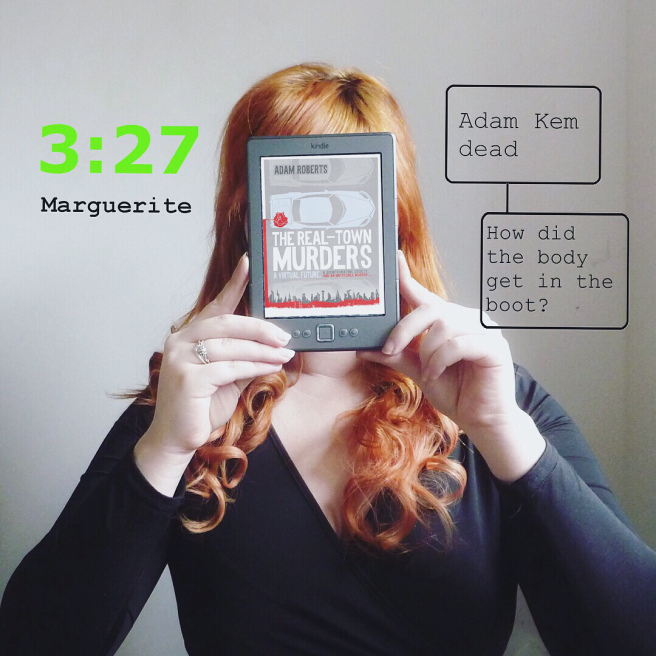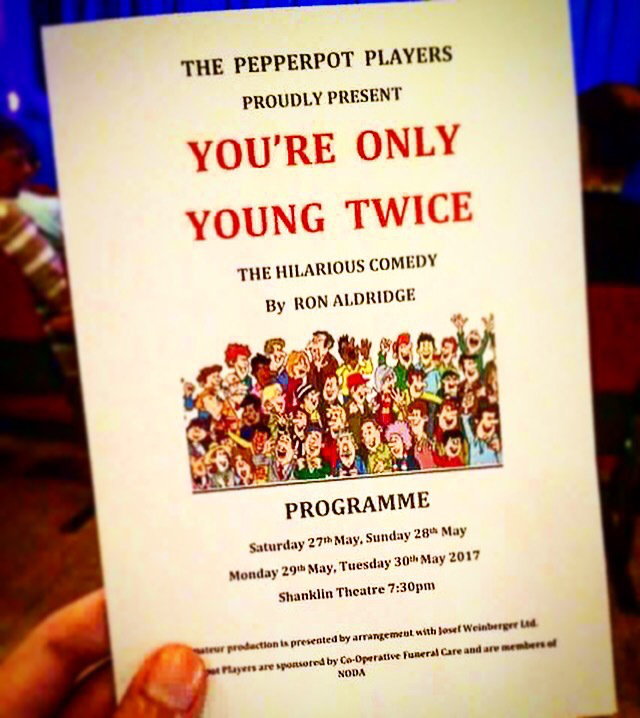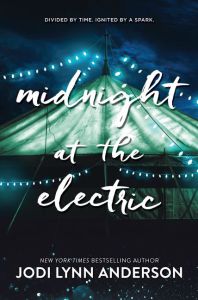 By Xiomahara Solis
By Xiomahara Solis
Who doesn’t love fantasy books? Anything is possible within these stories. Puny farm boys become hunky heroes, strong female characters (like Celaena Sardothien) conquer their enemies, and a chosen one always saves the day.
Also let’s not forget that as a general rule, every single character is extremely hot.
These are just a few of my favorite things about the genre. I could write out a long list of reasons as to why I LOVE fantasy but right now, I need to address a major issue within these stories and the fandom.
So what’s the problem you ask?
No melanin.
In a realm where everything is possible, Latinx, Black, Asian, Muslim and Indigenous characters are still few and far between. There is hardly any black or bronze representation. I guess that’s because any trace of ethnicity is rarer than a unicorn. It’s funny how stories that have so much world building always cast the main character as white.
 So what does this tell readers? It tells them that more often than not, a hero in a fantasy novel will be white skinned. This makes it harder for people of a multi-cultural background to imagine themselves as heroes.
So what does this tell readers? It tells them that more often than not, a hero in a fantasy novel will be white skinned. This makes it harder for people of a multi-cultural background to imagine themselves as heroes.
How many fantasy novels have you read that feature heroes of an ethnic background?
If the answer is close to zero, click here to discover a list of great books that features diverse characters.
Now, let me ask you this: How well do you think characters of color are portrayed in fantasy books?
If you haven’t analyzed this before, let’s take a look at two popular book series to explore this question.
Throne of Glass: Analysis
If a diverse character ever appears in a book, he or she usually serves as a catalyst for the white savior. One example of this is Nehemia, a dark skinned character in one of Sarah J. Maas’s Throne of Glass series. Nehemia is everything a reader would want in a strong female protagonist: she’s a woman of action, she’s cunning, she’s brave and she’s working hard on creating a rebellion to give freedom to her kingdom.

Nehemia by tarajah on DeviantArt.
Yet all Nehemia amounts to is the token black person in a narrative; she *spoiler alert* sacrifices herself just so that Celaena, the main white skinned character, can be spurred into action and rebel against oppression. In simple terms, Nehemia’s death is a deus ex-machina for Celaena’s character development.
Maybe Sarah J. Maas didn’t intentionally want Nehemia’s and Celaena’s relationship to play off the way I scrutinized it. However, it’s hard for me to analyze it any other way when our society is always trivializing the hard work of the African-American/ Black community. Yet it applauds the white allies that capsize on the aforementioned group’s hard work. For example, sometimes white allies believe that their presence is needed in order to fully achieve justice. This in turn marginalizes the power of Black people by making it seem as if a white savior is necessary.
Throughout the five books Maas has written for this series, I have not heard any other character besides Nehemia be described as “dark skinned.” Not a single person of Eyllwe (the land from which Nehemia hailed from), which I presume is where most of the Black people live in this series, ever come to power as other white characters have.
It is important to note that not every character in Maas’s series has been explicitly mentioned to be white, so there may be more diverse characters in her series than I previously thought. However, all the fan art that is created features a predominantly white cast of characters.
The way readers view the ethnicity of characters is really important.
A Clockwork Prince: Analysis
Cassandra Clare’s A Clockwork Prince was groundbreaking since the front cover was graced by Jem Carstairs, a shadowhunter who is half- British and half-Chinese! Additionally, Jem wasn’t portrayed by a white model!

Jem Carstairs on the front cover of Clockwork Prince.
Whoever designed the book had the decency to cast a model who physically resembles Jem. Hallelujah! They opted to not go through the white-washing route. When I first picked up my copy of the book, I was ecstatic to see a person of color on the cover of such a famous series.
However, my excitement was short-lived. In an interview with RACEBENDING.COM, Clare stated that many fans of the series “were shocked to hear [Jem] was Asian, or even that they are displeased that he is Asian.” She retorted. “Well, then, he isn’t Jem.”
We live in a society where white skin is the norm. Consequently, this makes us believe that a character is white unless it is explicitly stated that he or she has “dark mocha skin.” And even if it’s explicitly stated that a character is not white, fans become outraged when a character is portrayed by a non-white person in a movie or TV adaptation. For example, Godfrey Gao’s casting as Magnus Bane in The Mortal Instruments: City of Bones was controversial because *gasp* he’s Taiwanese and not white.

Godfrey Gao
I should point out that Magnus Bane is a biracial Asian character.
Diverse characters are rare; they literally appear only once in a blue moon. Please do not erase them from their narratives.
It might be easy to say that we shouldn’t think about race in fantasy novels because fairy tales are purely make believe, but they aren’t.
WE READ FANTASY IN ORDER TO LEARN HOW TO SLAY THE DRAGONS OF REAL LIFE.
We use fantasy to cope with the hardships of our mundane existence. Fantasy is not just another portal to an alternate dimension. It isn’t an escape from reality. It is a greater method of understanding our world. The fantasy genre has the capacity to showcase multi-cultural characters and we should let that flourish.
In a magical world where dragons, faeries, demigods, and wizards exist, heroes of every ethnicity should be allowed to prevail.
Advertisements Share this:




